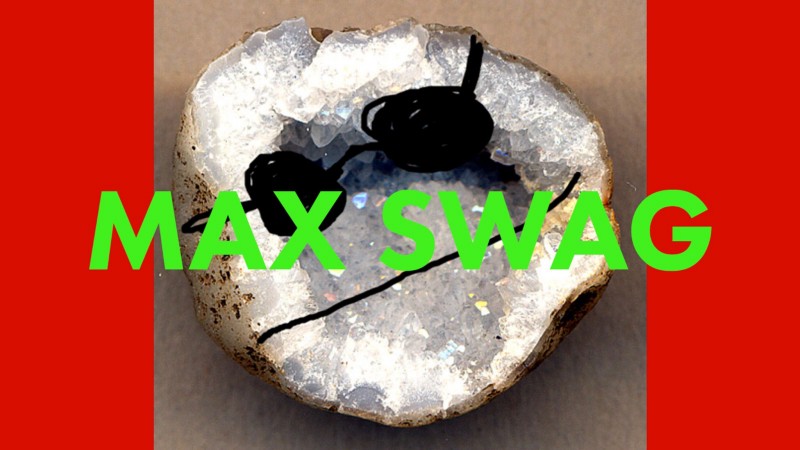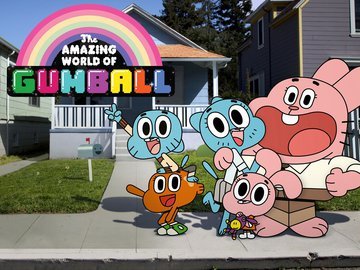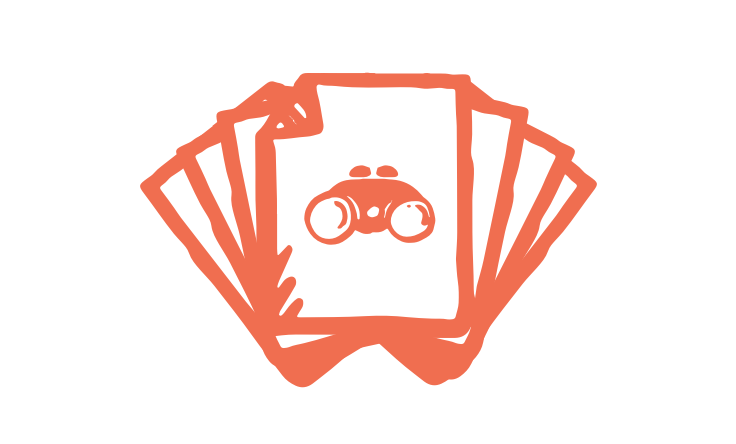
Like many kids (and adults), my 7-year-old son loves video games. That love includes playing games himself as well as watching videos of others playing to learn new tricks and skills.
The best YouTube gamers can do two things well: narrate their gameplay in an entertaining way, and play games at a fairly high level.
My son is a natural at narrating his own life, and has certainly put in some hours practicing his gaming skills. This combo lead him to the entrepreneurial thought that’s launched countless businesses, “I bet I could do that too…but better.”
So, with an open Sunday afternoon at our disposal, we set out on a project that would flex our creative and problem solving muscles.
The process of creating his YouTube channel was an extremely fun (and hilarious) bonding experience that highlighted two important business lessons:
- Define just enough of your strategy to set a clear path forward
- You have to put your strategy into practice to learn from it
To see how those lessons with my up-and-coming entrepreneur manifested themselves, let’s take a stroll through the birth of his first official business.
The Fastest Strategy In The West
As co-founder of a strategy consultancy, it’s hard for me to not jump in with both feet whenever a business challenge presents itself. But I know too well that with any strategy engagement the entrepreneur has to take ownership of the process for it to work.
So for this important and time-constrained project, the job of supportive Dad was number one, and the influence of my day job was number two.
In that day job at Map & Fire, we’ve developed a process we call “Lean Strategy” to help businesses clarify their strategy quickly. The focus of this process is to look at the six key areas of a business’ strategy and then put them into action to learn if they’re effective.
Here’s the hyper-abbreviated look at those six areas for my son’s channel:
- Purpose: The channel would be a place for him to exercise his creativity and share his unique voice
- Customers: Other kids interested in gaming that are only allowed to watch kid friendly content
- Competition: Any kid friendly gaming channel
- Offering: His thoughts, voice, and game play captured on video
- Brand: This is where we would be dedicating most of our energy because he was most excited about coming up with a cool name and graphics (because isn’t that everybody’s favorite part?)
- Marketing: More on that in a bit
Again, his Brand was his top focus, so that’s really where we started.
Brand: YouTube Channel Name
Naming your business is an early challenge every entrepreneur has to tackle. It can be one of the toughest, too, as it’s responsible for setting that first, critical impression of your business with your audience.
As my son and I brainstormed we talked about a few good rules of thumb for naming:
- Use words that would be easy to say, spell, and remember
- Make it unique
- Capture the purpose of the business
- If the name can be descriptive of the offering, it’s a plus
We quickly settled on the fact that the name would end with “Gaming”, so we just needed a solid descriptor to slap on the front.
Our shortlist of key words included: Tsunami, Typhoon, Toxic, Tempest, Tornado (a lot of T words for some reason…), Beast, Swag, and Maximus.
Not surprisingly, after a quick search on YouTube, all of those words (with “Gaming” on the end) were in use.
Adapting on the fly, my son had the idea of combining a couple of the words. We found a winner:
MAX SWAG GAMING.
The perfect name for a 7-year-old gamer chock full of swag.
With that settled, it was on to visuals.
Brand Identity: Channel Graphics
We had a couple goals for the brand visuals step:
- We needed something eye catching that would cut through the visual noise of a very competitive YouTube space.
- The visuals needed to convey the unique essence of MAX SWAG GAMING
To find some inspiration, we searched Google images for things that a 7-year-old deems to be “swag” — which naturally lead us to cookies.
When you search for “swag cookie”, it should be no surprise what pops up:

My son thought it was totally ridiculous and we both laughed hard when we saw it. That pretty much decided it, so we made it his channel avatar.
For the header image of the channel, we found an equally weird and funny image of a geode wearing sunglasses that caught his eye.
With my son’s crystal clear creative direction, the image was transformed into this:

The goofy, loud blend of photo and graphic design reminded me of one of our favorite shows to watch together:

The kid knows his audience, so we were ready to launch.
Marketing: The Channel Launch
With a couple clicks of the mouse and a few minutes of game recording, the MAX SWAG GAMING YouTube channel was live with his first video!
At this point, I’d like to say that if you want to make a 7-year-old’s day, please click here to like his first video and leave a comment. And if you’re feeling extra generous you can even subscribe to his channel.
And yes, that’s how this article has become his first official piece of marketing material.
So, what are the takeaways from this process?
Lesson #1: Define Just Enough of Your Strategy to Set a Clear Path Forward
While the overall brand strategy process for MAX SWAG was extremely short, the naming and visual identity steps highlight a good lesson: If you can focus in on just the essentials, you can quickly establish a path to get you headed in the right direction. Your direction may not be perfect (hint: it will never be perfect), but it will help you get started in a meaningful way.
That’s what your strategy needs to do — create a set of guard rails to get you in a solid direction and keep you from running off a cliff or going in circles.
Your strategy will never be able to account for every variable, and the more time you spend trying to predict and model everything, the less time you’ll be spending putting it into action.
Which leads to Lesson #2.
Lesson #2: You Have To Put Your Strategy Into Practice to Learn From It
A strategy not put into practice is just a collection of assumptions. Once you have the essentials of your strategy in place, you need to determine whether or not they’re effective.
How will we know if MAX SWAG’s approach is working? My son has to put it to the test.
Putting it to the test means creating little experiments around the fundamental elements of the strategy — which games do viewers want to see videos of, what do they think of his narration, is a swagged out cookie monster as funny as we thought?
Based on those experiments, he’ll collect data, and then use the results to inform improvements (check out The Lean Startup for more on the build-measure-learn philosophy).
My son is already testing his strategy by looking at the responses he gets from those watching his videos. The dataset is small now but it’ll only get more important as his channel grows (did you watch yet?).
What Does the Future Hold for MAX SWAG GAMING?
Only time and experimentation can say for sure. My son is putting his best assumptions and efforts out there and he’ll get to test his theories as much as he wants (within parental limits of course).
But the lessons and fundamentals that apply to MAX SWAG’s strategy are no different than any other business. Sure, you’ll want to put more than an afternoon into defining your business’ strategy if it’s your livelihood, but the important thing is to focus on just the essential parts and then put them into practice — and to realize that it’s possible to make meaningful progress on those things much more quickly than you might think.
Want Help With Your Strategy?
If you’re looking to create a strategy to keep your business on track, check out our Lean Strategy process. Sign up for our newsletter for more articles like this!


